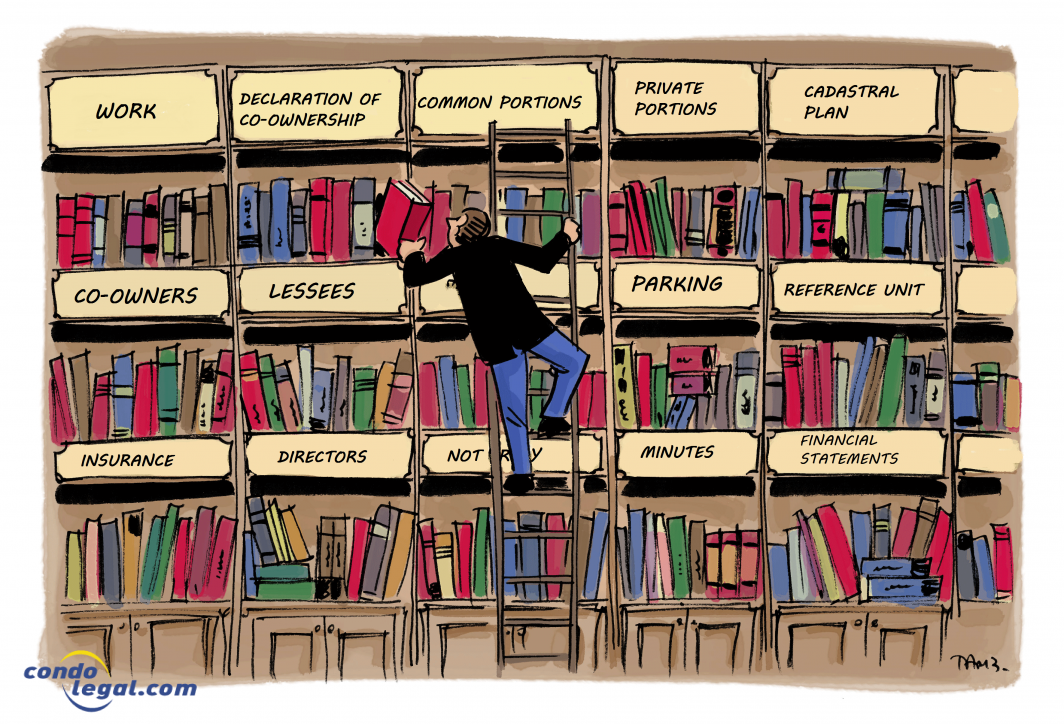 The Asset Management Plan (AMP) is a comprehensive process for ensuring the conservation and maintenance of real property assets. This plan details the information regarding the common elements and the measures required to provide an agreed-upon level of service in the most cost-effective manner, while describing the associated risks. In particular, the AMP defines the intervention scenario to maintain the asset, quantifies the cost of its implementation and establishes the financing strategy, generally over a 10-year planning period. It will be linked to a long-term financial plan that also spans a period of 10 years.
The Asset Management Plan (AMP) is a comprehensive process for ensuring the conservation and maintenance of real property assets. This plan details the information regarding the common elements and the measures required to provide an agreed-upon level of service in the most cost-effective manner, while describing the associated risks. In particular, the AMP defines the intervention scenario to maintain the asset, quantifies the cost of its implementation and establishes the financing strategy, generally over a 10-year planning period. It will be linked to a long-term financial plan that also spans a period of 10 years.
The AMP states:
The level of maintenance
The AMP defines maintenance operations according to the needs of the building, as well as the obligations set out in the declaration of co-ownership or the law.
Defining the level of maintenance is important because it helps professionals determine the end of the useful life of building components, as well as estimate the cost of major repairs and replacement of common portions.
This is because the change in the maintenance policy has a direct influence on the contributions of the co-owners to the contingency fund. The board of directors could opt for a maintenance policy that increases the lifespan of the building's components. In this way, the amount of contributions to the contingency fund could be reduced or maintained at the desired level.
Corrections to be made
The AMP also identifies all the fixes that need to be made, in the short term, as well as their estimated costs. It is therefore a source of information for co-owners regarding the work that will be done on the building, but which is not indicated in the contingency fund study.
Estimating the cost of maintenance, major repairs and replacement of common portions
The AMP provides a reliable valuation, either to estimate the amounts required for the contingency fund or for the maintenance of the building. The board of directors therefore benefits from a document that justifies the amount of the sums required at meetings of the co-owners.
Scenarios
Some professionals present different scenarios to the board of directors, including the positive impact of the maintenance policy on the lifespan of the building's components and their beneficial effects on the stability of the condominium's charges.
The Board of Directors then chooses the appropriate scenario, based on optimal use of the various components of the building. It thus has a relevant tool to optimize the performance of equipment and ensure the sustainability of assets. This tool also reduces maintenance costs and contributions to the contingency fund.
 WHAT YOU SHOULD KNOW ! The asset management plan (PGA) is a report that presents different scenarios of collective work to be undertaken within a co-ownership. Its purpose is to forecast, anticipate and plan the work to be undertaken in the common areas, while having visibility of the associated expenses.
WHAT YOU SHOULD KNOW ! The asset management plan (PGA) is a report that presents different scenarios of collective work to be undertaken within a co-ownership. Its purpose is to forecast, anticipate and plan the work to be undertaken in the common areas, while having visibility of the associated expenses.
 WHAT TO KEEP IN MIND : The objective of the asset management plan (AMP) is to promote maintenance, investment and facilitate the completion of renovation work on common portions. This plan should allow each condominium to have a single tool listing the work to be carried out, with their costs, urgency and performance.
WHAT TO KEEP IN MIND : The objective of the asset management plan (AMP) is to promote maintenance, investment and facilitate the completion of renovation work on common portions. This plan should allow each condominium to have a single tool listing the work to be carried out, with their costs, urgency and performance.
 WARNING ! The development of an asset management plan (AMP) requires knowledge of the condition of the building and therefore the preparation of a certificate of condition of the building.
WARNING ! The development of an asset management plan (AMP) requires knowledge of the condition of the building and therefore the preparation of a certificate of condition of the building.

